The most sumptuous folk costumes from all over the country, coming from western Banat Plain, which are part of the Marius Matei ethnographic collection, made with embroidery techniques "borrowed" from the clothes of the nobles, using gold and silver threads, can be admired at the Museum of Ethnography and Folk Art of Targu Mures, in the Toldalagi Palace.
"We came to Targu Mures with an exhibition of traditional costumes from the Banat Plain, representing the ethnographic sub-areas of Timisoara, Lugoj, Buzias, Deta-Ciacova and Sannicolau Mare and the ethnographic area of the Mures Valley. These folk costumes are presented in a chronological order of evolution, from the end of the 19th century to the first half of the 20th century, meaning 1870, the oldest costume, and the newest - 1945. Those in the Lugojului area are among the most lavish in the Banat Plain, taking up embroidery techniques that were applied especially on the clothes of nobles, priests or other public dignitaries. Similarly, for men we have these wonderful waistcoats which are very opulent and show a special artistic embroidery made by local craftsmen," Marius Matei, museographer-ethnographer at the Banat Village Museum of Timisoara, told AGERPRES.
According to him, the folk costume of Banat, like other costumes in Romania, is made in the technique of the counting of the threads, but the added value that these costumes have are the gold and silver threads applied in abundance, in different techniques.
The catrinte (wrap-around skirts ) of the Lugoj area costumes, the most impressive in the collection exhibited in Targu Mures, are angular and, although they are much more opulent than the Romanian folk costume, the costume of Banat corresponds in structure to the Romanian costume: it consists of a shirt, petticoats, front and back skirts, or opreg - opregul is a piece specific to the Banat area, which replaces the second skirt.
"Our collection counts more than 3,500 pieces, of which only 250 traditional costumes are assembled. In Targu Mures we brought 20 of these. The exhibitions that we organise, both at home and abroad, are aimed at promoting the Romanian costume and our values that we have inherited from our ancestors. (...) We have cloth woven from cotton and hemp, from cotton bought from the fair or other cloths bought from the fair that add value and a touch of lavishness. They are quite difficult to make because they are very richly ornamented and then it takes longer to make such a costume," the museographer pointed out.
His great regret is that such folk costumes are no longer made and that, unfortunately, the Banat folk costume was no longer worn after the Second World War.
"From 1945 onwards, the folk costume in Banat has been almost entirely lost. I, at least, neither my parents nor my grandparents know of anyone who had or dressed in traditional costumes. I think that the industrialization of Banat, which was quite homogenous, led to the loss of these costumes. Because we had both emigrants and immigrants who somehow leveled off each other, as a society," Marius Matei said.
He said that, although there is a trend in Romania to revive traditions and especially to recover and wear folk costumes, this is not happening in Banat, except for a small group of seamstresses that is called "Banat sews Ie".
The scientific researcher at Targu Mures Museum of Ethnography and Folk Art, Dorel Marc, said that although the museum in Mures has an impressive collection of folk costumes, he has long wanted to find these impressive costumes from Banat.
"We are happy to host this exhibition. We have been asking Mr Matei, a fellow ethnographer at the Banat Village Museum, for a long time. We are glad that, finally, on the eve of Midsummer's Day, we could open the exhibition here. This exhibition happily complements what we have, because Banat, like Mures, is a multicultural area. There is a dialogue that we, ethnographers, have in research and study, in which we highlight cultural interferences. So the place is very suitable and we can show the public of Mures this splendor of folk costumes, which represent very diverse costume sets, designed in a great diversity, if we refer to the tailoring, the techniques of execution, the ornaments," Dorel Marc told AGERPRES.
He says that this structure, the costume set, is felicitously complemented by symbolism, by the language of motifs that a costume conveys, including a well-structured and diversified social status.
Dorel Marc pointed out that the Banat area is a very rich area and thus has always been anchored in a certain competition with other ethnic cultures - Romanians, Serbs, Slovenes, Hungarians, Slavs, etc. "These elements of interference practically enrich the universal ethnographic language and we are glad to be able to offer such splendour to the visiting public," Dorel Marc stressed.
The exhibition "The dowry of the Banat people. Traditional costumes from the Banat Plain, ornaments and ethnographic documents" includes, in addition to the folk costumes themselves, elements of ornaments and ethnographic documents and can be visited at the Museum of Ethnography and Folk Art in Targu Mures until 18 July.
Universal Day of the Romanian Blouse/ Most sumptuous folk costumes in Romania - presented in Targu Mures
Articole Similare

18
Gov't okays contingent of 90,000 newly admitted foreign workers on Romanian labor market in 2026
18
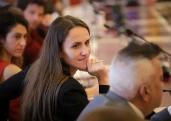
14
The three Romanians stuck in cable car in Italy - evacuated in good condition (ForMin Toiu)
14

13
We will have a deficit lower than the 8.4% we aimed at (PM Bolojan)
13

18
European Commission transfers Tuesday over 586 mln euros to accounts opened at National Bank of Romania
18
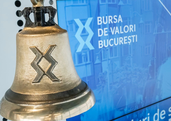
9
Bucharest Stock Exchange (BVB) closes higher Tuesday's trading session
9

7
Net assets of investment funds increase by 3.2% in November
7
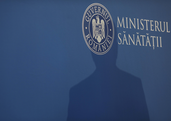
9
HealthMin announces establishment of AP-ROBOTICS; public hospitals equipped with surgical robots,financed for purchase of consumables
9

36
City Hall of Sector 1 finances modernization of Rapid Club's sports facilities
36
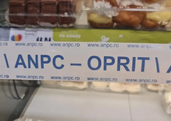
15
Consumer Protection levies fines of almost 679,000 lei on business operators in tourist resorts
15

11
Deficit reduction target will only be achieved through firmness in managing public resources (analysis)
11

14
Over 151 million euros from European funds for investments in vegetable and potato sector
14

19
Romsilva: 492 fires in state forests managed by Romsilva in the 11 months,damages estimated at 2.7 million RON
19
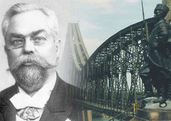
13
Draft law on prioritisation criteria for Anghel Saligny programme published in decision-making transparency system
13

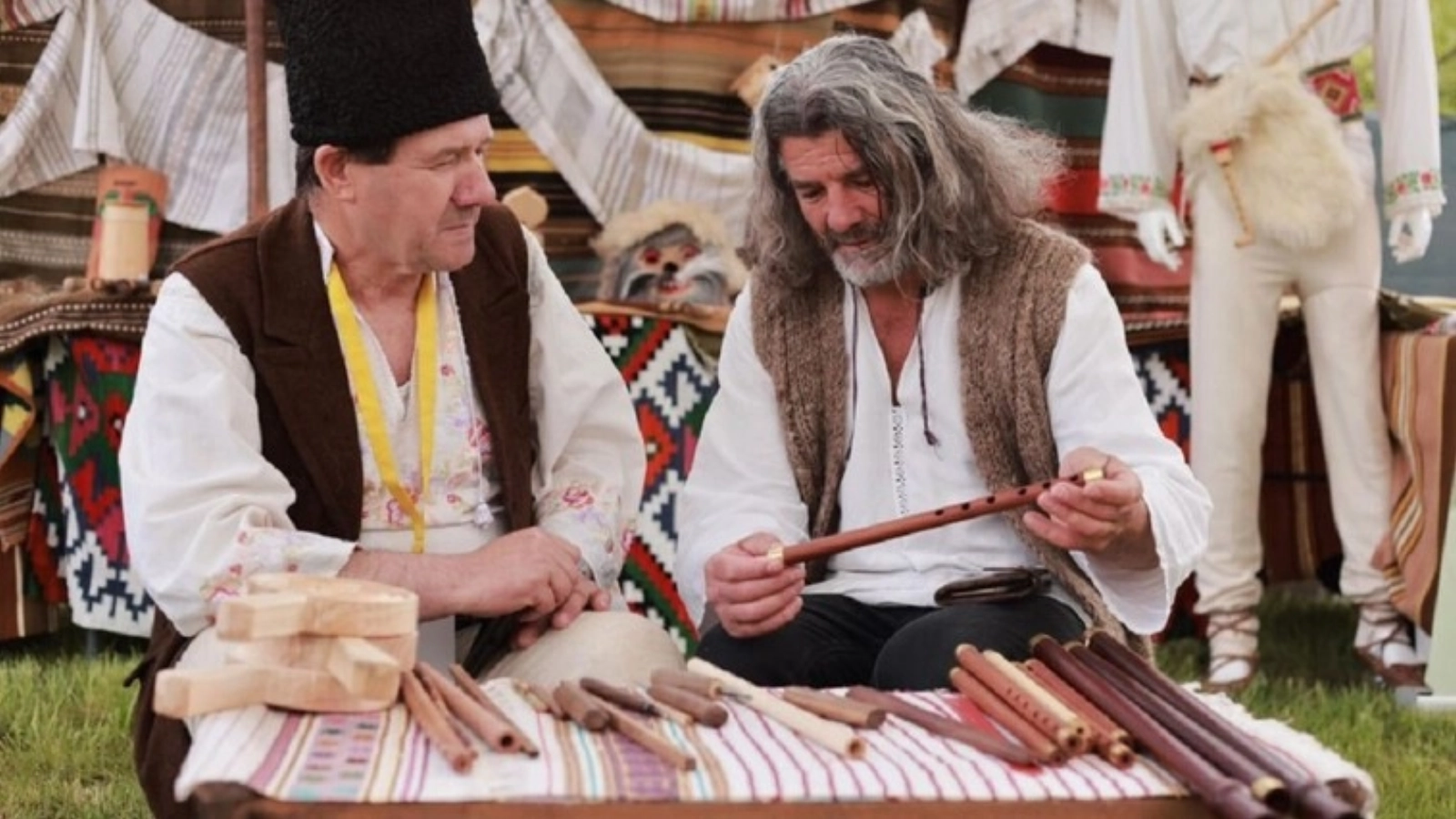






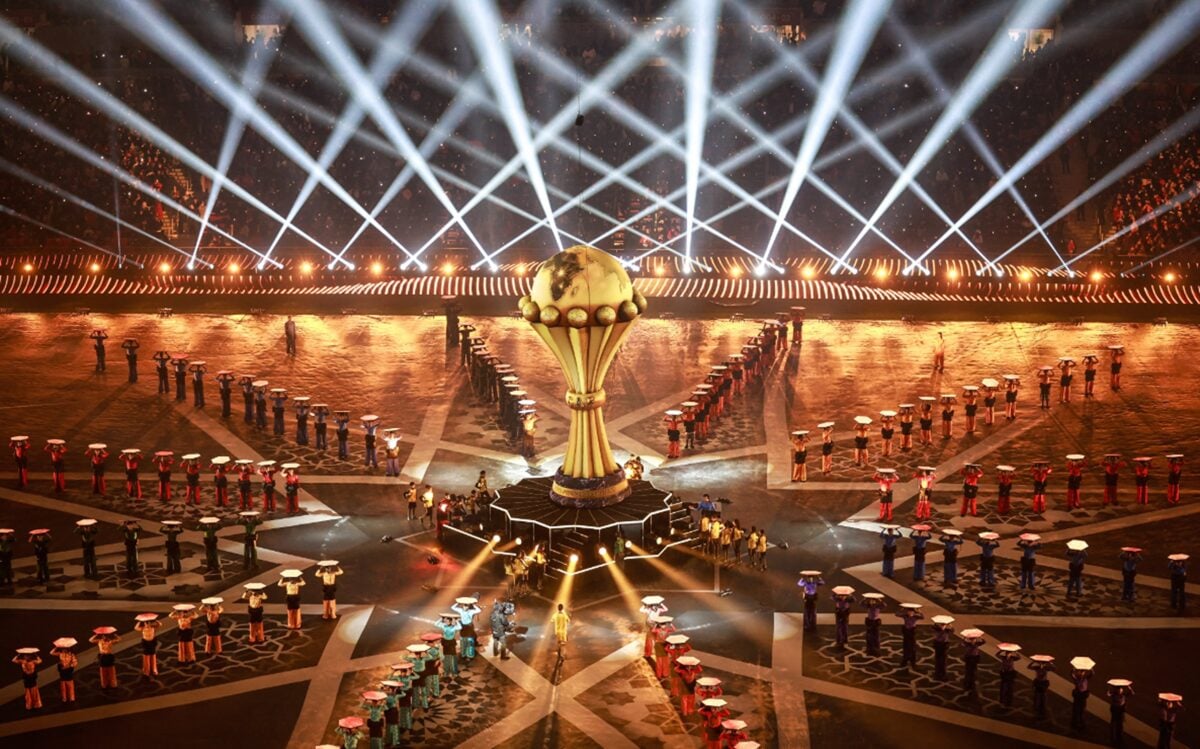


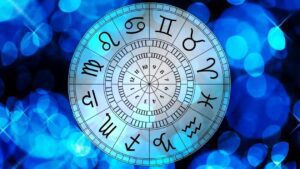







Comentează